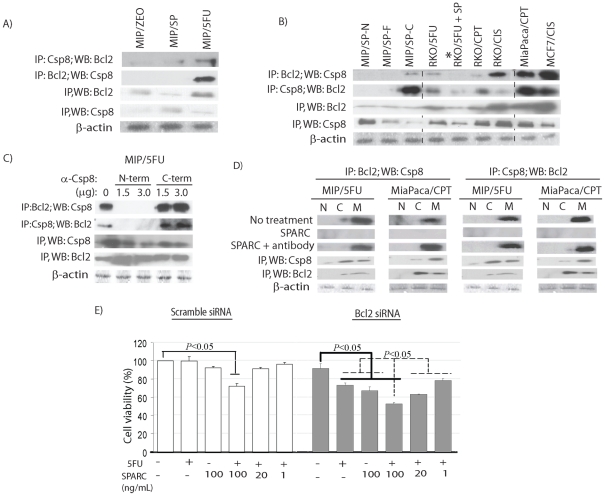Figure 5. SPARC and Bcl2 both interact with caspase 8 with opposing effects.
(A) In resistant MIP/5FU cells, caspase 8 interacts with Bcl2 and this is also observed in other resistant colorectal (RKO/5FU, RKO/CPT, RKO/CIS), pancreatic (MiaPaca/CPT) and breast cancer (MCF/CIS) cell lines (B). The Bcl2-caspase 8 interaction can be eliminated following exposure to rSPARC (100 ng/mL) (denoted as “*”). C) The interaction between Bcl2-caspase 8 occurs at the N-terminus of caspase 8 as cells incubated with antibodies blocking the N-terminus of caspase 8 (N-term, 1.5–3 µg) prevented this Bcl2-caspase 8 interaction. D) Bcl2-caspase 8 interaction is abolished after exposure to 100 ng/mL rSPARC in resistant MIP/5FU and MiaPaca/CPT cells. (E) Chemoresistant MIP/5FU cells transfected with Bcl2 siRNA to reduce Bcl2 expression are now responsive to 1000 µM 5-FU (+), especially in combination with incremental concentrations of rSPARC (20–100 ng/ml). Results represent mean ± s.e. (n = 3 independent studies). Student's t-test, statistically significant when p<0.05.

